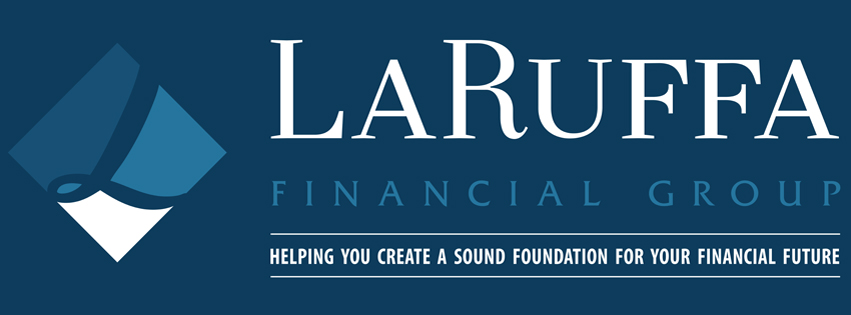By
many measures, the country’s economy is continuing on its upward trend.
The
U.S. Bureau of Labor Statistics reported 242,000 new jobs in February 2016,
with the unemployment rate unchanged at 4.9 percent. Industries with the
highest number of jobs gains were health care and social assistance, retail
trade, food and beverage and private educational services.
While
these industries may have the highest number of jobs available, they’re not
necessarily the highest-paying jobs. With the exception of doctors, most of the
highest salaries go to people who work in the technology industry or hold a
mid-level position that requires data analysis for strategy and product
management.
[CLICK HERE to read the article, “Employment Situation Summary” from U.S.
Bureau of Labor Statistics, March 4, 2016.]
[CLICK HERE to read the article, “25
Highest Paying Jobs in America” from GlassDoor.com, March 9, 2016.]
Another
bit of good news is that, according to one 2016 salary forecast, workers across
the country are expected to receive their biggest pay increase in three years.
In many households, that may be the most significant indicator that the economy
is recovering.
However,
one of the lessons we learn from stagnant wages is how to “tighten the belt”
and live on less. Just remember that if you do get a significant raise this
year, one of the possible ways to utilize it is by investing. The more you
invest today, and the longer your money has time to grow, the greater the potential
for higher income in retirement. Please remember that investing
involves risk, including the potential loss of principal. No investment
strategy can guarantee a profit or protect against loss in periods of declining
values. If you’d like to discuss ways to potentially optimize an increase
in household income this year, let’s talk.
[CLICK HERE to read the article, “Employees
Will Get the Biggest Salary Increase in Years In 2016” from FastCompany, Jan.
11, 2016.]
[CLICK HERE to read the article, “United
States Wages and Salaries Growth Forecast 2016-2020” from Trading Economics, 2016.]
The
combination of lower unemployment and higher wages also means people may be
able to spend more money. This, in turn, drives economic growth, as is
reflected in the 2016 outlook for the nation’s GDP. Greater consumption may
also lead to higher production, distribution, revenues and return on investment
for investors.
[CLICK HERE to read the article, “GDP
Growth Slowed by Strong Dollar's Drag” from Kiplinger, Feb. 26, 2016.]
[CLICK HERE to read the article, “This map
will change the way you see the US economy” from World Economic Forum, Feb. 15,
2016.]
We are an independent firm
helping individuals create retirement strategies using a variety of insurance
and investment products to custom suit their needs and objectives.
The information contained in this material is provided by third parties and has been obtained from sources believed to be reliable, but accuracy and completeness cannot be guaranteed; it is not intended to be used as the sole basis for financial decisions.
If you are unable to access any of the news articles and sources through the links provided in this text, please contact us to request a copy of the desired reference.
The information contained in this material is provided by third parties and has been obtained from sources believed to be reliable, but accuracy and completeness cannot be guaranteed; it is not intended to be used as the sole basis for financial decisions.
If you are unable to access any of the news articles and sources through the links provided in this text, please contact us to request a copy of the desired reference.
AE03165040C
